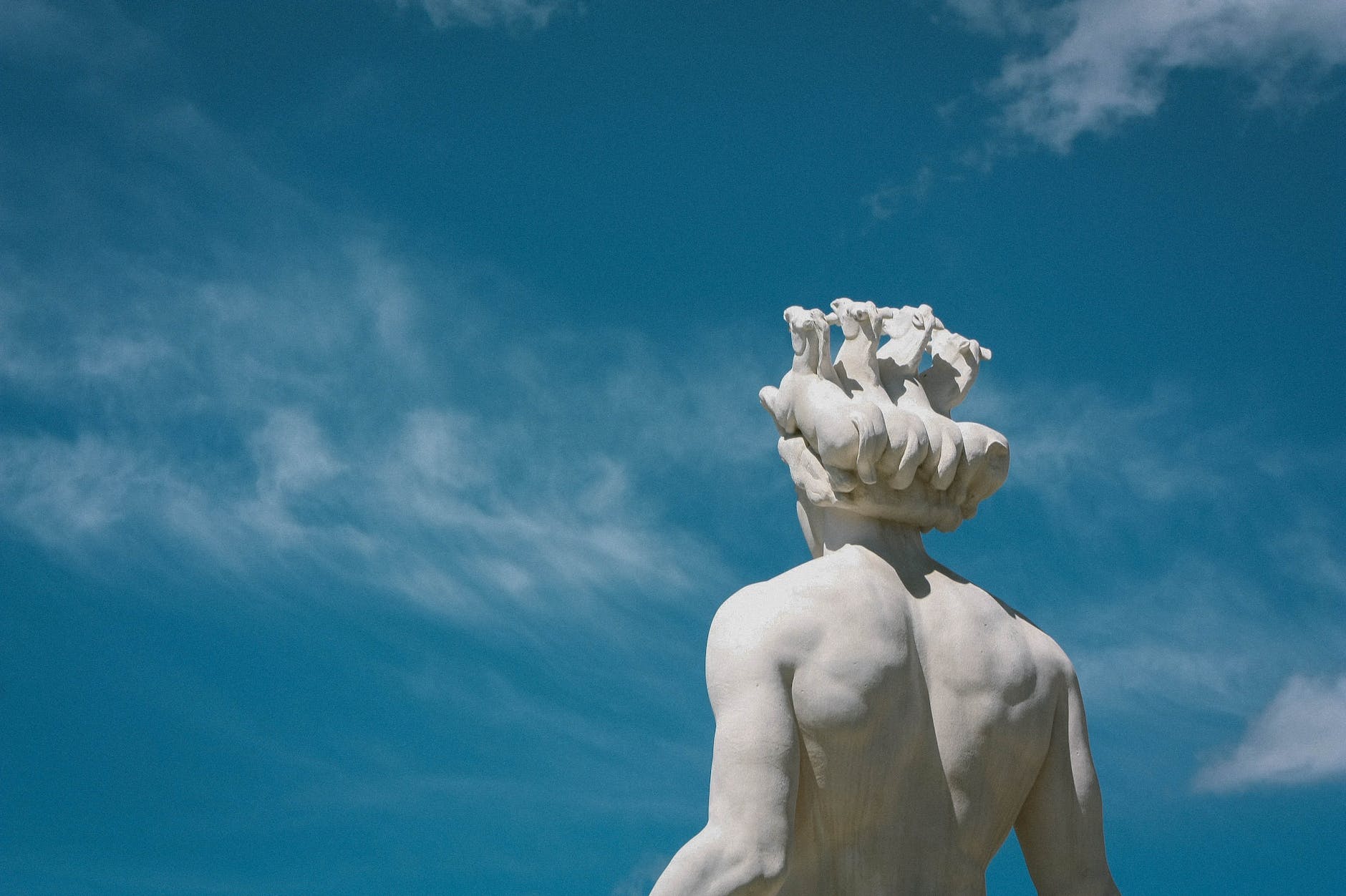From Concept to Creation: The Sculpture Making Process Explained
Sculpting entails multiple steps and stages as initial sparks of inspiration are transformed into fully realized 3D works of art. Understanding the full creative process allows sculptors to plan and execute their visions efficiently. This article will break down what goes into crafting a sculpture from start to finish.
Finding Inspiration
Discovering sources of inspiration catalyzes the sculpture making process. Some starting points include:
- Observation – Study interesting people, objects, scenes in daily life. Analyze shapes and forms.
- Emotion – Try visually translating feelings and moods into abstract sculptural concepts.
- Nature – Allow the intricate patterns in plants, animals, landscapes to suggest ideas.
- Imagination – Let your mind wander freely. Visualize fantastical creatures and worlds.
- Artistic Influences – Find sparks in other artworks that resonate with your tastes.
- Commissions – Client needs and parameters can provide creative direction.
Maintaining an active creative flame and openness to ideas is key. Record initial concepts in sketches or models.
Planning the Sculpture
After inspiration strikes, planning helps translate concepts into feasible sculptures:
- Define size/scale – Consider if a desktop or monumental piece makes most sense.
- Select medium – Choose suitable material based on concepts, size, longevity.
- Consider structural needs – Will an armature or other support be required?
- Determine tools/process – Additive? Subtractive? Which tools help execute your vision?
- Estimate cost – Calculate required materials and equipment. Set budget.
- Schedule time – Gauge how many sessions completing the work will require.
Thorough planning sets the stage for bringing concepts to life practically.
Starting the Sculpture
With a plan in place, the physical sculpting process begins:
Armature
- For figures or complex compositions, bend sturdy wire to create an interior support structure.
Base Layer
- Establish overall form and pose with initial masses of clay, foam or other material.
- Focus on major volumes and proportions first.
Refinement
- Refine shapes, anatomy, and surface textures in successive layers.
- Work evenly over the entire piece to ensure consistency.
Details
- Add finishing touches like facial features, clothing folds, hair etc.
- Treat details subtly to enhance, not overwhelm overall forms.
Texturing & Polishing
Adding tactile interest through texturing or smoothing takes the sculpture to completion:
- Sculpt textures like scales, feathers, fur, clothing patterns
- Incise lines, stipple, or impress objects into the surface
- Smooth areas by rubbing with tools, sanding, or burnishing
- Consider added coloration if suitable for the medium
- Apply protective finishes like wax, lacquer or varnish
Troubleshooting Issues
Throughout the process, remain vigilant to prevent or resolve any problems:
Structural Issues
- Add internal support wires or thickened areas if the sculpture begins collapsing or sagging.
Cracking
Brittleness
- Let clay dry to optimal levels between working to avoid fragility. Don’t rush.
Smoothing Difficulties
- Use a light misting of water on clay and rubbing alcohol on polymers to aid blending seams.
Staying observant and making adjustments promptly allows completing the sculpture properly.
Completing the Sculpture
Knowing when a piece is truly finished takes experience:
- Step back frequently to scrutinize the sculpture from all angles. Walk around it.
- Compare to references and inspiration to ensure accuracy if aiming for realism.
- Allow some time to pass then re-evaluate with a fresh eye before deeming complete.
- Stop before overworking details unnecessarily. Avoid perfectionism.
- Consider professional presentation. Photograph dramatically, display on a suitable stand.
Completing a sculpture is very rewarding. Undertaking the full process from creative spark to final product allows sculptors to fully manifest their artistic visions.
